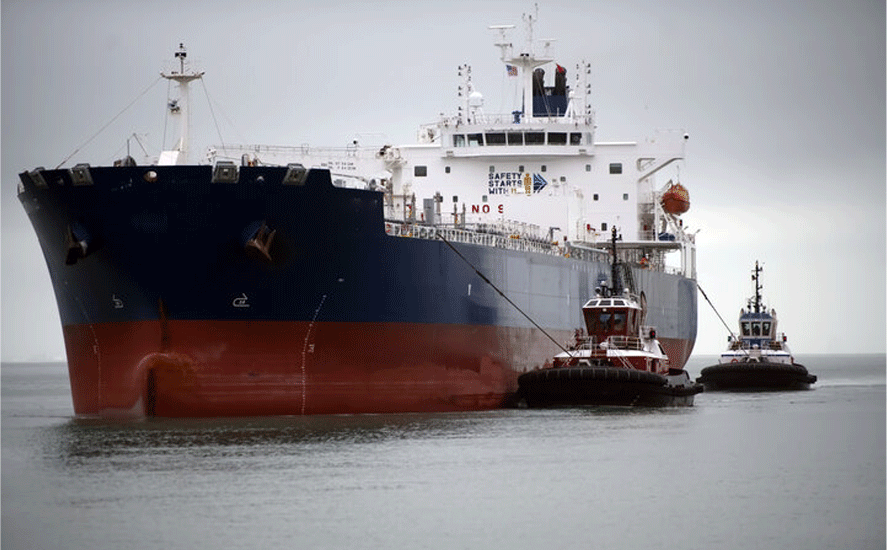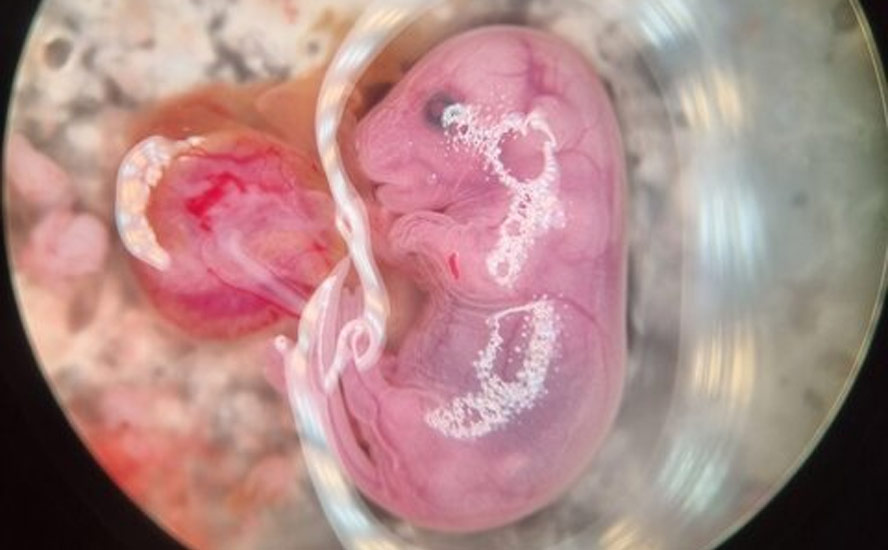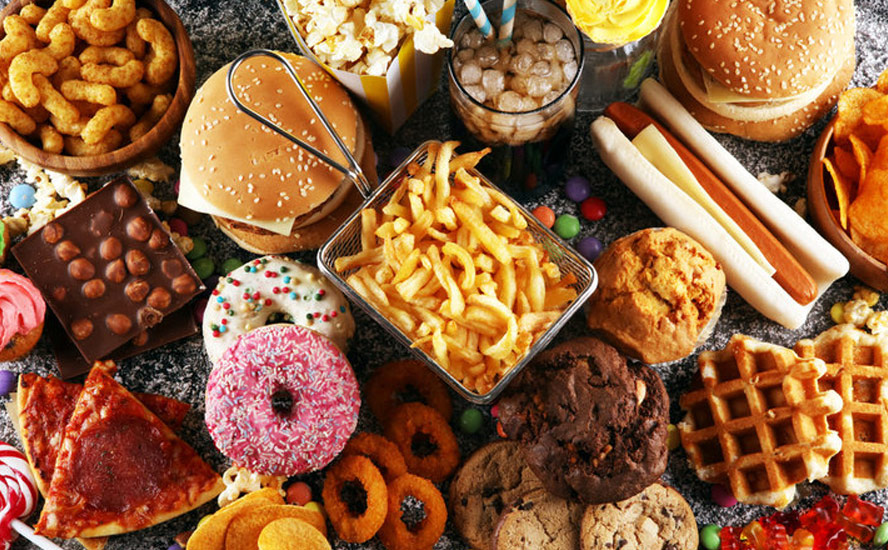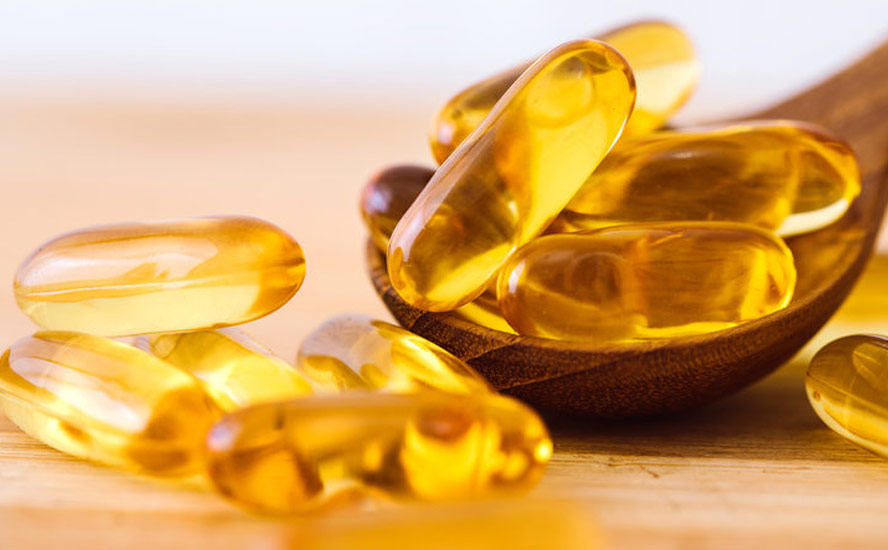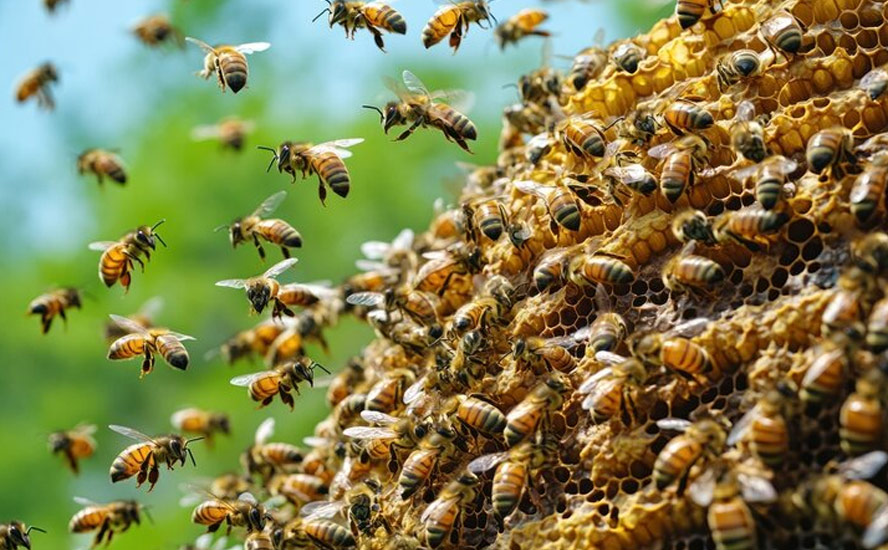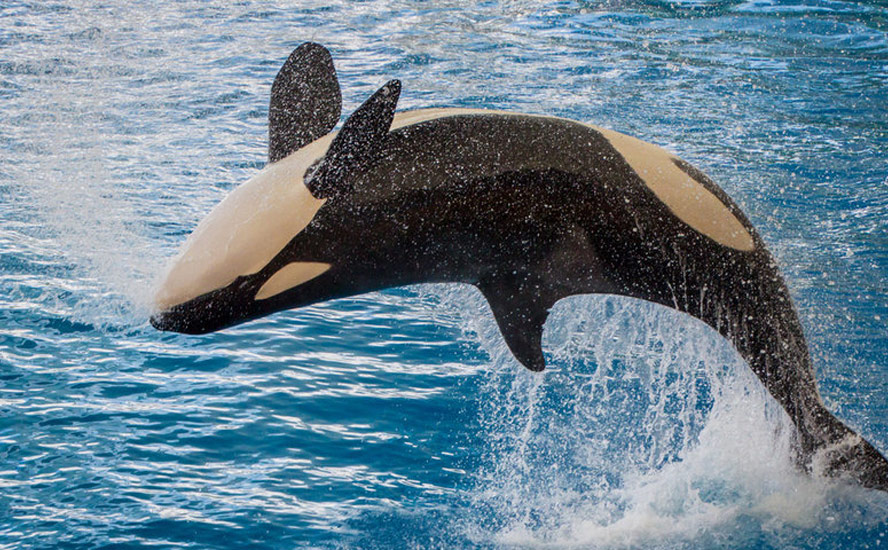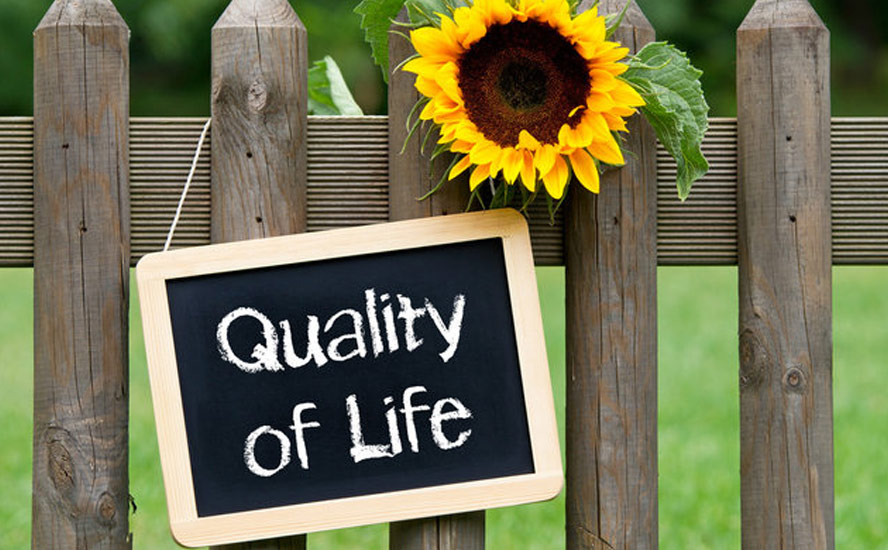Big Plastic suing Canada over single-use plastics ban- Richard Mills
2023.03.10
The Canadian government is in court this week defending its ban on single-use plastics, that went into effect on Dec. 20, 2022.
The complainant, a trifecta of large plastic manufacturers — Dow Chemical Canada, Imperial Oil and Nova Chemicals — is accusing the government of introducing a plan with “fatal flaws”. Their two main arguments are, 1/ it is not the federal government’s place to regulate plastic pollution when the provinces and territories typically handle waste management; and 2/ the government failed to demonstrate it had enough scientific evidence to justify the ban.
The trial is the first legal test of the country’s single-use plastics regulations. It is being called one of Canada’s largest environmental court cases.
A federal judge will have to decide, after hearing legal arguments from both sides, whether Ottawa was justified when it listed plastic products as toxic under the Canadian Environmental Protection Act.
If the court overturns the regulations, it could force the government to rescind the ban.
The Liberal government commissioned a scientific assessment of plastic pollution in 2020. It found that plastic pollutes rivers, lakes and other water bodies, harming wildlife and leaving microplastic fragments in drinking water.
That report was followed by the federal government announcing dates for a ban on the manufacture, sale and import of certain plastic products. Some of these prohibitions have already taken effect and some won’t happen until 2025. (CBC News, March 7, 2023)
According to federal data, in 2019 15.5 billion plastic grocery bags, 4.5 billion pieces of plastic cutlery, three billion stir sticks, 5.8 billion straws, 183 million six-pack rings and 805 million takeout containers were sold in Canada. Only a tenth of the plastic Canadians use is recycled, resulting in 3.3 million tonnes sent to landfills annually, almost half of it plastic packaging.
Last June, the federal government announced it is banning companies from importing or making plastic bags and takeout containers by the end of 2022, from selling them by the end of 2023, and from exporting them by year-end, 2025. Ottawa has set a target date of 2030 for halting the flow of plastic waste.
Altogether there are six categories of single-use plastics being banned: checkout bags, cutlery, takeout ware with plastics that are hard to recycle, plastic aluminum can ring carriers, stir sticks and straws. The feds say they decided on these products because they are found in the environment during cleanups, they pose a threat to wildlife, they are difficult to recycle, and they can be replaced with alternatives.
Among the items not included in the ban, are plastic drink lids for disposable beverages, flexible straws, single-use pet waste bags, and plastic garbage bags.
Canadian provinces Newfoundland-Labrador, Prince Edward Island and Nova Scotia have already implemented bans on plastic bags, as have some cities including Victoria, Montreal and Regina.
Sobey’s eliminated plastic shopping bags in 2020 and Walmart followed suit. Loblaws, owner of Extra Foods, Real Canadian Superstore and Shopper’s Drug Mart, is bringing in a plastic bag ban this spring. Many fast-food outlets have replaced plastic straws with paper versions. Tim Horton’s recently did the same with its coffee cup lids.
While the nation-wide ban on single-use plastics is good PR — many Canadians having strong feelings on the subject — the numbers suggest it will have a limited effect on the problem. Environmental Groups like Greenpeace say the six categories represent just 5% of the amount of plastic waste created each year in Canada. The federal government’s own estimate is about 3%. (CBC News, Dec. 19, 2022)
The new rules, say CBC, will continue to allow for banned plastic products manufactured in another country, to be shipped through Canada to a third country without restriction.
A recent Reuters article said despite tougher worldwide regulations, polluting single-use plastic production rose globally by 6 million tonnes per year from 2019 to 2021.
Also, while growth has slowed recently, the production of single-use plastic from “virgin” fossil fuel sources is still nowhere near its peak, and the use of recycled feedstocks remains “at best a marginal activity”, Australia’s Minderoo Foundation said in its Plastic Waste Makers Index.
“Make no mistake, the plastic waste crisis is going to get significantly worse before we see an absolute year-on-year decline in virgin single-use plastic consumption,” it said.
Around 137 million tonnes of single-use plastics were produced from fossil fuels in 2021, and it is expected to rise by another 17 million tonnes by 2027, the researchers said.
Global problem
Plastic has been filling up our landfills for decades, or incinerated, thus contributing to land/ ocean/ air pollution, and carbon emissions.
If plastic were a country, it would be the fifth-highest emitter in the world. That’s because 99% of plastic is made from fossil fuels. A significant portion of emissions comes from the extraction and transportation of fuels that create plastic, including methane from natural gas, considered 28 times more potent than carbon dioxide. Cracking plants that refine fuel and convert it to plastic are also extremely harmful to the environment. At the production stage, polyester, polyamide and acrylic, used in textiles, have the highest level of emissions.
Over the years, plastic has followed a hockey stick-shaped growth trajectory. We make 190 times more plastic than we did in 1950.
Global plastic production went from 15 million tonnes in 1964 to 311 million tonnes in 2014 — a 20-fold increase over 50 years. Now, the world produces more than 380 million tonnes of plastic, up to half of which are for single use.
Production is expected to at least double again over the next two decades, then quadruple by 2050.

Despite the proliferation of curbside recycling programs, regional eco-centers, and an increasingly aware and motivated public, very little plastic is recycled, around 10% according to most estimates. Another 12% is incinerated, while the other 78% makes its way to a landfill or escapes into the environment.
It is estimated there are over 150 million tonnes of plastic in the ocean. Around 8 million tonnes enter the seas every year — the equivalent of dumping a truckload of plastic garbage every minute.
National Geographic says the problem of discarded plastic is so severe, that if nothing is done, by 2050 the oceans will contain more plastic than fish, ton for ton.
It has become a much-discussed topic, and the subject of several docuseries, revolving around the harmful effects of minute plastic fragments, called microplastics and nanoplastics (the difference is the size, nanoplastics are considerably smaller), on plants, fish, sea birds, mammals, and eventually, humans at the top of the food chain.
The problem stems from the fact that plastic is virtually indestructible. A trait that was once sold to consumers as a virtue, has become a vice, due to the ubiquity of plastic especially in the marine environment.
Most plastic has a very long lifespan. Plastic bags, for example, can take up to 20 years to decompose, while takeaway coffee cups, despite being mostly paper, have a plastic lining that will endure for 30 years.
Other items, including coffee pods, disposable diapers, and plastic toothbrushes, will be in landfills for five centuries!

What makes plastic so problematic? The answer comes down to chemistry. Plastic is a polymer molecule consisting of repeating identical units (homopolymer) or different sub-units in sequences (copolymer). Plastics are further categorized as thermoplastics, which soften when heated and can be molded; or thermosets, which cannot be molded or heated.
Both types cause pollution in a marine environment.
Plastics also contain chemicals to improve their properties, that cause harm when they enter the food chain.
Although hundreds of thousands of plastic materials have been invented, only six are extensively used: polyethylene terephthalate (PETE), high-density polyethylene (HDPE), low-density polyethylene (LDPE), polyvinyl chloride (PVC-U), polypropylene (PP), and polystyrene (PS), or Styrofoam.
One of the surprising facts about microplastics is how entrenched they are in the global ecosystem. They have been detected in lakes and seas, in the sediments of rivers and deltas, and in the stomachs of the smallest and largest organisms, from zooplankton to whales. One study found that every square kilometer of the world’s oceans has 63,320 plastic particles floating on the surface.

Microplastics in 2022 were found in beef and pork for the first time, as well as in the blood of cows and pigs. The tiny plastic particles are thought to originate in the feed that the animals consume.
One study looking for synthetic particles in sea turtles found microplastics in the guts of all 102 turtles that were examined. They have also been detected in quantities up to 273 particles per pound of sea salt, 300 fibers per pound of honey, and around 109 fragments per liter of beer.
A common way for microplastics to move up the food chain, is to be first consumed by algae, that is eaten by water fleas, which in turn become fish food.
The problem is not only the micro/ nanoplastics, but the pollutants they carry with them. When plastics move through the food chain, the attached toxins also move, and accumulate in animal fat and tissue through a process called bio-accumulation. Chemicals added to the plastic during the production process can leach from the plastic into the body of the animal that has eaten them. Read more here

Effects on human health
Every week, people consume an amount of plastic the size of a credit card.
Especially worrying are “nanoplastics” — pieces that are so tiny, they are able to penetrate human cell walls.
Potential adverse effects, at high enough concentrations, may include immunotoxicological responses, reproductive disruption, anomalous embryonic development, endocrine disruption, and altered gene expression. High volumes of microplastics in rats have been found to cause cancer.
While microplastics’ effects on human health have not been widely studied, it’s safe to say that inhaling or ingesting them should be avoided. This may be extremely difficult however; one study found plastic fibers in 87% of the human lungs studied.
Recently, microplastics were found in human placentas, though more research is needed to determine if this is a widespread problem. Another found that microplastics can latch onto the outer membranes of red blood cells and may limit their ability to transport oxygen.
A haunting discovery was made earlier this year, when scientists from Vrije Universiteit Amsterdam detected polymer particles in human blood for the first time, raising alarm bells for our future survival in a world full of plastics.
“Our study is the first indication that we have polymer particles in our blood – it’s a breakthrough result,” Professor Dick Vethaak, an ecotoxicologist at the university, told The Guardian.
His previous work showed that microplastics were 10 times higher in the feces of babies compared with adults, and that babies fed with plastic bottles are swallowing millions of microplastic particles a day.
Chemicals associated with plastics are known to be harmful. The most well-studied is BPA — found in plastic packaging or food storage containers. When BPA leaks into food it can interfere with reproductive hormones in women.
Another chemical, phthalates, is used to make plastic flexible. The presence of phthalates in a petri dish was shown to increase the growth of breast cancer cells.
In a limited study, Canadian researchers estimated the average person ingests over 74,000 plastic particles a year. Examining just a few food categories including fish, shellfish, sugar, alcohol, honey, bottled versus tap water, plus air, the study authors found the most microplastics in air, bottled water and seafood.
Conclusion
Thankfully, the news on plastic pollution isn’t altogether bleak.
In step with increasingly stringent government regulations on single-use plastic, the manufacturing sector has been busy developing technologies that can serve as alternatives to plastic, while maintaining many of its same characteristics.
Vancouver-based Evanesce Packaging Solutions Inc. is looking to develop plant-based compostable packaging that can decompose in 90 days or less, leaving a much lighter footprint than single-use plastic, which can take 500 years or even longer to decompose.
I am eagerly awaiting the IPO, expected this year, and will keep my readers informed of the company’s progress as it gets all its ducks in a row for commercial production of plant-based biopolymer straws, along with Molded Starch products including meal trays, meat trays, containers and cups.
Richard (Rick) Mills
aheadoftheherd.com
subscribe to my free newsletter
Legal Notice / Disclaimer
Ahead of the Herd newsletter, aheadoftheherd.com, hereafter known as AOTH.
Please read the entire Disclaimer carefully before you use this website or read the newsletter. If you do not agree to all the AOTH/Richard Mills Disclaimer, do not access/read this website/newsletter/article, or any of its pages. By reading/using this AOTH/Richard Mills website/newsletter/article, and whether you actually read this Disclaimer, you are deemed to have accepted it.
Any AOTH/Richard Mills document is not, and should not be, construed as an offer to sell or the solicitation of an offer to purchase or subscribe for any investment.
AOTH/Richard Mills has based this document on information obtained from sources he believes to be reliable, but which has not been independently verified.
AOTH/Richard Mills makes no guarantee, representation or warranty and accepts no responsibility or liability as to its accuracy or completeness.
Expressions of opinion are those of AOTH/Richard Mills only and are subject to change without notice.
AOTH/Richard Mills assumes no warranty, liability or guarantee for the current relevance, correctness or completeness of any information provided within this Report and will not be held liable for the consequence of reliance upon any opinion or statement contained herein or any omission.
Furthermore, AOTH/Richard Mills assumes no liability for any direct or indirect loss or damage for lost profit, which you may incur as a result of the use and existence of the information provided within this AOTH/Richard Mills Report.
You agree that by reading AOTH/Richard Mills articles, you are acting at your OWN RISK. In no event should AOTH/Richard Mills liable for any direct or indirect trading losses caused by any information contained in AOTH/Richard Mills articles. Information in AOTH/Richard Mills articles is not an offer to sell or a solicitation of an offer to buy any security. AOTH/Richard Mills is not suggesting the transacting of any financial instruments.
Our publications are not a recommendation to buy or sell a security – no information posted on this site is to be considered investment advice or a recommendation to do anything involving finance or money aside from performing your own due diligence and consulting with your personal registered broker/financial advisor.
AOTH/Richard Mills recommends that before investing in any securities, you consult with a professional financial planner or advisor, and that you should conduct a complete and independent investigation before investing in any security after prudent consideration of all pertinent risks. Ahead of the Herd is not a registered broker, dealer, analyst, or advisor. We hold no investment licenses and may not sell, offer to sell, or offer to buy any security.
Legal Notice / Disclaimer
Ahead of the Herd newsletter, aheadoftheherd.com, hereafter known as AOTH.Please read the entire Disclaimer carefully before you use this website or read the newsletter. If you do not agree to all the AOTH/Richard Mills Disclaimer, do not access/read this website/newsletter/article, or any of its pages. By reading/using this AOTH/Richard Mills website/newsletter/article, and whether you actually read this Disclaimer, you are deemed to have accepted it.


